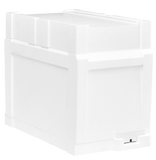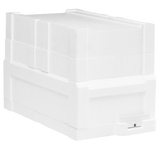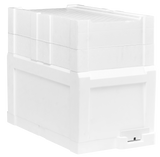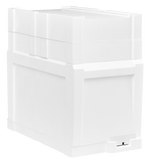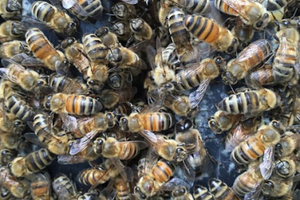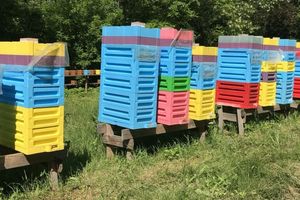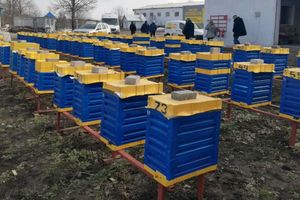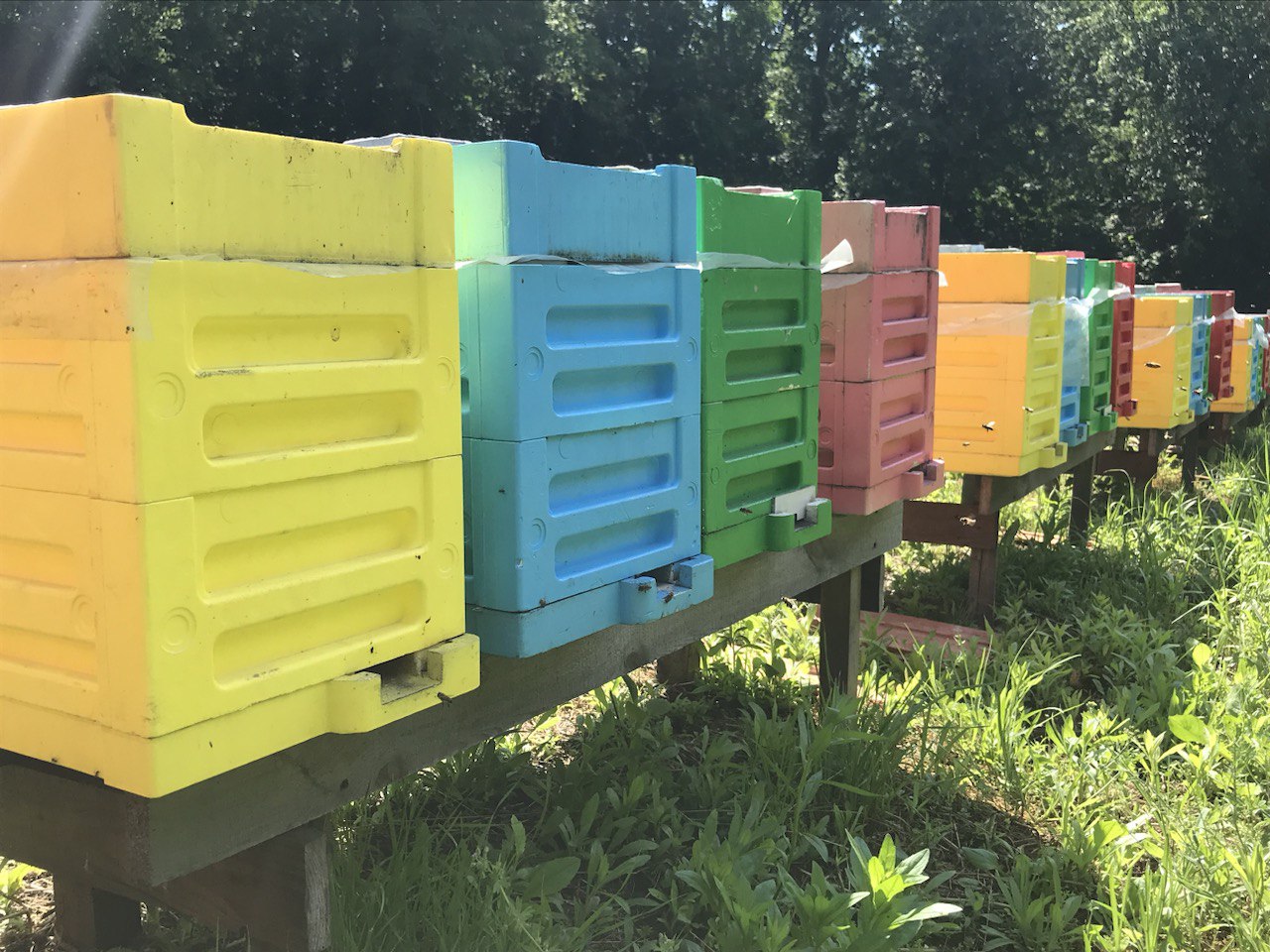
Choosing the right hive is an important step in ensuring successful beekeeping. The health of the bees, their productivity, and their comfortable existence depend on it. Understanding how many bees live in a hive and how much honey a single hive can produce will help you make the optimal choice.
The importance of choosing the right hive for successful beekeeping
Selecting the right hive is crucial for the health of the bee colony and its productivity. Depending on the type of hive, you can influence the number of bees in the hive and the amount of honey that can be collected in a season. For example, the number of bees in a hive can vary from 20,000 to 60,000 depending on the season and the state of the bee colony. A single hive can produce between 20 to 50 kg of honey per season, which also depends on many factors, including the type of hive, climate conditions, and the level of care.
Types of hives
Among the various types of hives, the 6-frame and 10-frame hives stand out with their unique advantages. 6-frame hives are ideal for small apiaries or as auxiliary hives for queen rearing and forming splits. They are compact, easy to transport and maintain, making them convenient for beginners. 10-frame hives provide more space for the bee colony to develop and store honey. They are suitable for large-scale apiaries where high productivity is important. This type of hive allows for various beekeeping methods, including two-queen bee management, which promotes increased honey yields.
There are several main types of hives, each with its advantages and disadvantages. These include:
-
Wooden hives: Traditional hives that provide a natural microclimate for bees. They are durable but may require additional insulation.
-
Polystyrene hives: Lightweight with good insulation properties. They are less durable but more economical.
-
Foam hives: Similar to polystyrene hives but with additional insulation properties.
Which type of hive is the best?
The choice depends on specific needs and conditions. For beginners, polystyrene hives may be the best due to their lightness and ease of care.
When choosing a hive, it is important to consider several key criteria:
-
Insulation: The hive should retain heat well in winter and stay cool in summer.
-
Durability: The materials should be strong and long-lasting.
-
Environmental friendliness: The hive should not contain harmful substances that could harm the bees.
-
Ease of maintenance: The hive should be easy to care for and transport.
What are the main requirements for a hive?
The main requirements include insulation, durability, environmental friendliness, and ease of maintenance.
Hive size and construction
The size of the hive has a direct impact on its productivity. Optimal sizes provide enough space for the bee colony and honey storage.
What are the dimensions of a hive?
Dimensions can vary, but standard hives usually measure about 45 cm in width and 35 cm in depth.
What should a hive be like?
The hive should be large enough to comfortably house the bee colony but also easy to maintain and transport.
Hive placement in the apiary
Proper hive placement in the apiary affects the productivity of the bee colonies. Hives should be positioned to provide optimal conditions for nectar collection and ventilation.
How to properly place hives in the apiary?
Hives should be placed at a distance of at least 3-4 meters from each other, avoiding areas with strong winds and direct sunlight.
Choosing the right hive is key to successful beekeeping. It is important to consider the type, size, materials, and proper placement of hives in the apiary. This will help ensure the health of the bee colonies and high honey productivity. APIX hive kits provide bees with comfortable living conditions, contributing to their high productivity and health.









